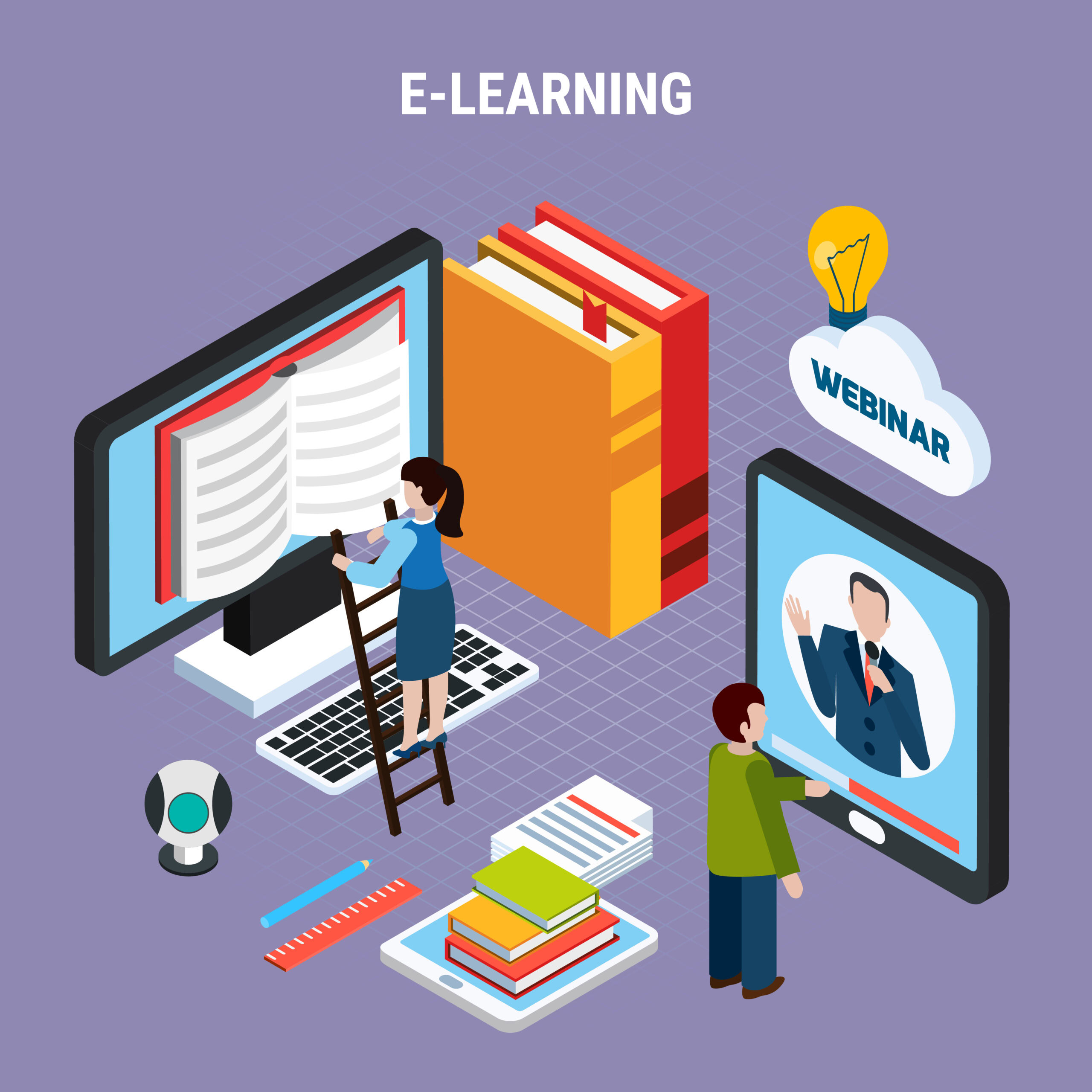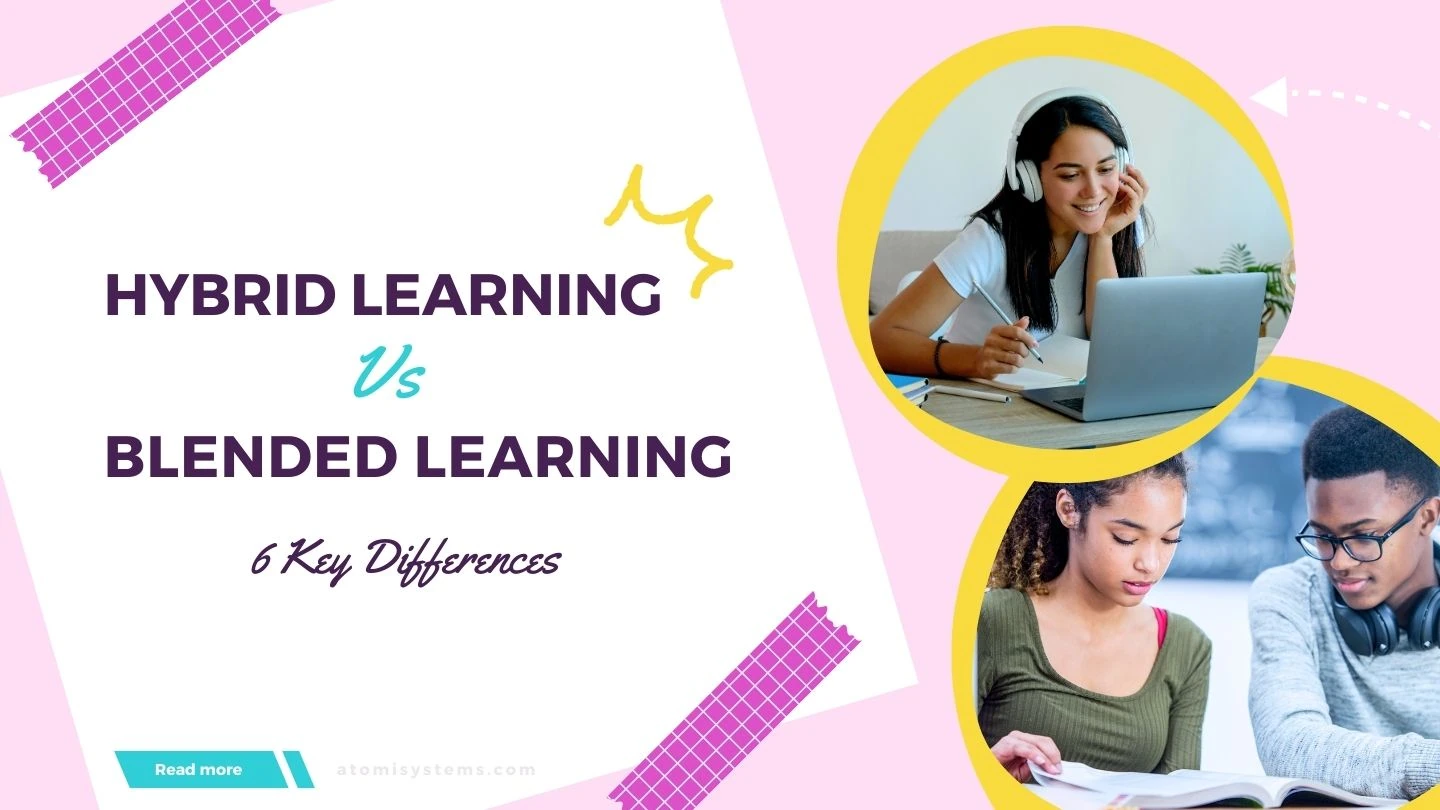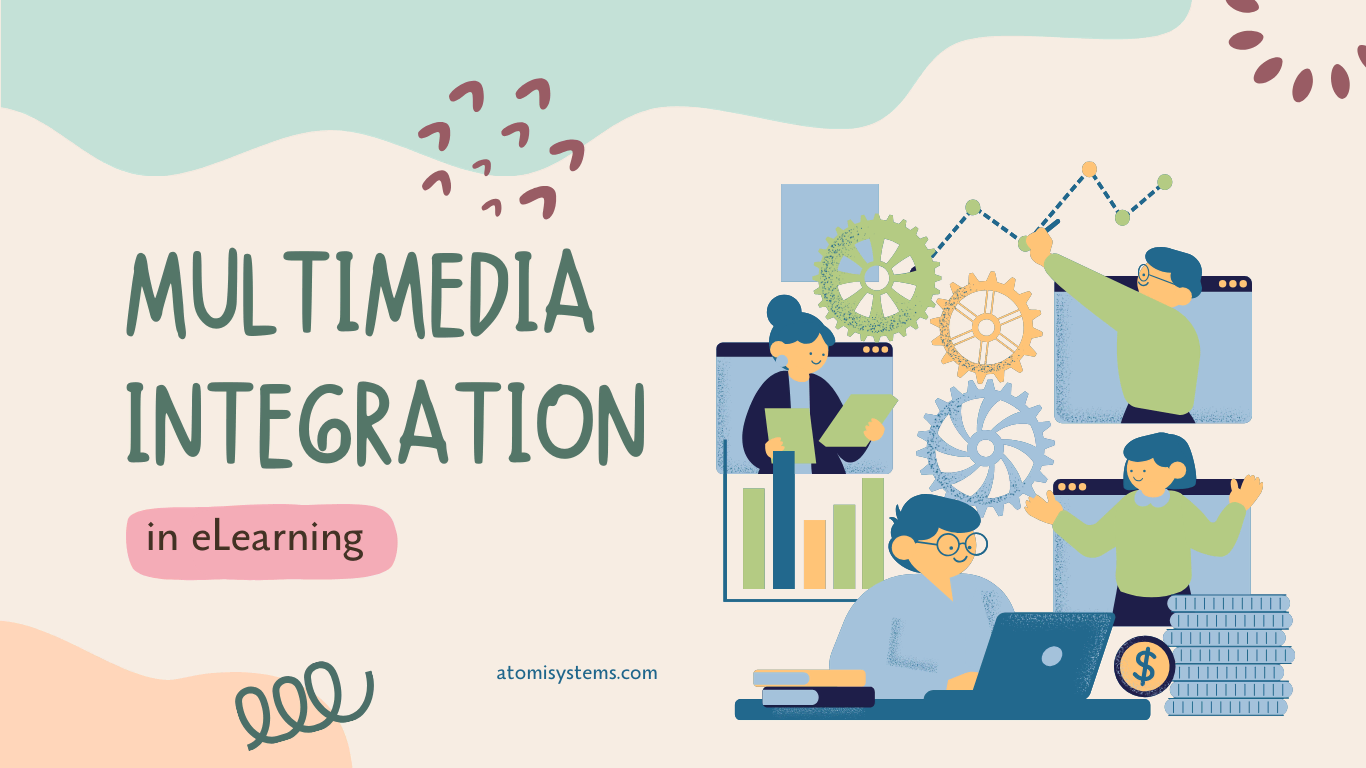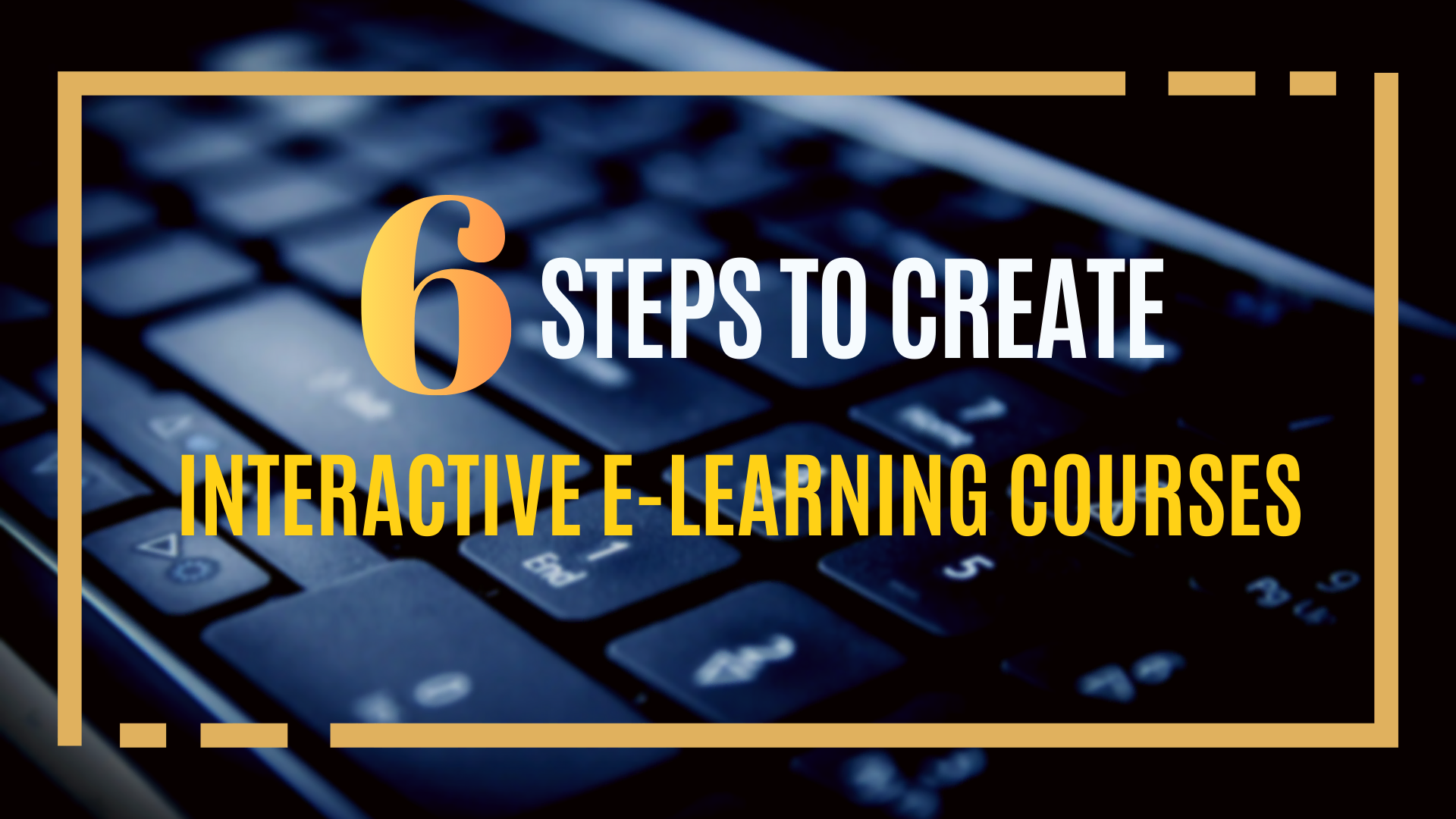When it comes to the education field, you might know about VLE. It stands for Virtual Learning Environment, which has become an indispensable tool in modern education. Let’s dive into this concept in today’s blog post.
In digital education, eLearning authoring tools are essential for instructional designers to produce interactive and captivating learning content. Tool like ActivePresenter enables designers to create courses enriched with multimedia, simulations, quizzes, and scenario-based learning experiences. With functionalities like drag-and-drop interactions and responsive design, this tool aids in crafting personalized and effective educational resources that cater to a variety of learning preferences.
Once the content is designed, it requires a structured platform for distribution, which is where Virtual Learning Environments (VLEs) come into play. Platforms such as Moodle, Blackboard Learn, and Google Classroom act as centralized locations where learners can access course content, engage in discussions, complete assessments, and track their progress. By supporting eLearning standards like SCORM and xAPI, VLEs integrate seamlessly with content created using authoring tools, ensuring efficient content delivery and monitoring.
What is a VLE?
A VLE is considered a virtual classroom that allows teachers to deliver content, interact with learners, and assess learning outcomes. Teachers can share course materials using videos, audio recordings, online classes, or other digital ways. Think of it as a virtual campus where learners can access lectures, participate in discussions, and collaborate with their peers.

A VLE aims to improve in-person and online learning by making it more interesting, active, and engaging. This includes online activities, communication and teamwork, and ways to assess and report on learning. To better understand how to create a VLE, let’s look closer at some of its parts.
What is a VLE Used for?
A virtual learning environment offers a range of features to support effective education. Not all the VLEs are the same but they share some core features that might be used for:
Managing Course Content
VLEs enable training organizations build big online libraries to support learners throughout their courses. You can add many different resources, like PowerPoint presentations, documents, worksheets, links to other websites, and even videos, to create a dynamic resource center that will interest your learners.
Increasing Learner Engagement
VLEs can be used to boost learner engagement in several ways. By incorporating gamification elements, such as leaderboards and badges, VLEs can create a sense of competition and achievement. Additionally, interactive features like quizzes, polls, and discussion forums can encourage active participation and knowledge sharing. VLEs can also personalize the learning experience by offering tailored content and recommendations based on individual learner needs and preferences. Furthermore, integrating multimedia resources like videos, animations, and simulations can make learning more engaging and immersive.
Taking Real-time Assessments and Reporting
Virtual learning environments often include tools for creating and administering assessments, and teachers can provide timely feedback to learners. Using these tools, teachers can see how much progress learners have made in real-time by looking at completion rates, passing scores, how often they log in, how long they spend on each lesson, and more. Teachers can use this data to help learners with ongoing feedback, offering extra training if needed or praising them for their achievements. With a virtual learning environment, this kind of detailed and frequent reporting is much easier instead of relying on offline assessments or lesson completion.
Boosting Communication
VLEs help communication go beyond the classroom and into the digital world, which is important to modern employers and learners. Users can quickly get feedback through discussion threads, forums, polls, and surveys. This helps ensure learners get the support they need, when and how they want it.
Promoting Collaboration
A virtual learning environment can promote collaboration among learners through features like chat rooms, shared documents, and virtual whiteboards. These tools allow learners to work together on projects, share ideas, and provide feedback, creating a more interactive and engaging learning experience. By using these features, learners can develop their problem-solving skills and prepare for the collaborative nature of the modern workplace.
Advantages of a Virtual Learning Environment
A VLE offers several advantages, including:
- Flexibility and accessibility: Learners can access the platform from various devices, such as computers, laptops, or smartphones at any time and anywhere with an internet connection.
- Organization: All course materials, progress, and grades are stored in one central location, making it easy to track and manage.
- Personalized Learning: VLEs can be tailored to individual learner’s needs, providing personalized learning paths and recommendations. Adaptive learning technologies can adjust the content and pace of learning based on a learner’s progress and understanding.
- Integration: VLEs can be integrated with other software tools to enhance their capabilities, like video conferencing or badging.
- Cost-effectiveness: Compared to traditional face-to-face instruction, online courses often have lower tuition fees due to reduced operational costs, such as classroom rentals, travel expenses, and physical materials. VLEs can make education more accessible to a wider range of learners.
3 Types of Virtual Learning Environments
Virtual Learning Environments (VLEs) can be categorized based on their delivery methods. Here are three primary types, namely synchronous, asynchronous, and blended learning.

Synchronous Learning
Synchronous VLEs provide a live learning experience where learners and teachers can interact right away. These platforms often have features like live lectures, video calls, virtual classrooms, and online chat rooms, making learning more interactive and interesting.
Synchronous learning is good for people who like to learn in real-time and at a steady pace. It’s also helpful for smaller groups because learners can work together and learn from each other.
Asynchronous Learning
Online learning platforms that allow learners to learn at their own pace and access course materials whenever they want are called asynchronous VLEs. These platforms often have features like discussion boards, online quizzes, pre-recorded videos, and downloadable materials.
At the end of a course, learners are usually assessed to see how much they’ve learned. Asynchronous VLEs often have built-in tools that teachers can use to give quizzes and test their learners’ knowledge. Teachers can also use these platforms to communicate with learners and answer their questions.
Blended Learning
Blended virtual learning offer a mix of live and self-paced learning. They often include both real-time classes and activities that learners can do at their own pace, like online quizzes or discussions.
Examples of Popular VLEs
There is a wide range of virtual learning environments on the market. They are tailored to different learning styles, and have own unique features and functionalities. Here are some popular ones:
- Moodle: Known for its flexibility, customization options, and strong community support, Moodle offers a robust platform for delivering online and blended learning experiences.
- Canvas: Known for being easy to use and having many helpful features. Canvas is a great tool for teaching online or in a mix of online and in-person classes.
- Blackboard Learn: A complete VLE with many features, including tools for managing courses, communicating, and assessing learners.
- Google Classroom: A free online learning platform that works well with Google tools, making it a popular choice for schools and colleges.
- Schoology: A virtual learning environment made especially for schools that teach students from kindergarten to 12th grade.
Bottom Lines
Virtual learning environments are becoming more advanced and effective with technological advancements. Educators can use these platforms to create engaging, personalized, and effective learning environments that help learners succeed in today’s world.
Let’s start by creating engaging learning content for your learners. We recommend ActivePresenter and uPresenter. ActivePresenter is an all-in-one authoring tool integrating with screen recording and video editing feature while uPresenter can help you generate presentations and quizzes in seconds thanks to AI power. ActivePresenter and uPresenter can significantly enhance the learning experience in virtual learning environments (VLE). These tools allow educators to create engaging and interactive content that can be easily integrated into VLEs.
See more:



